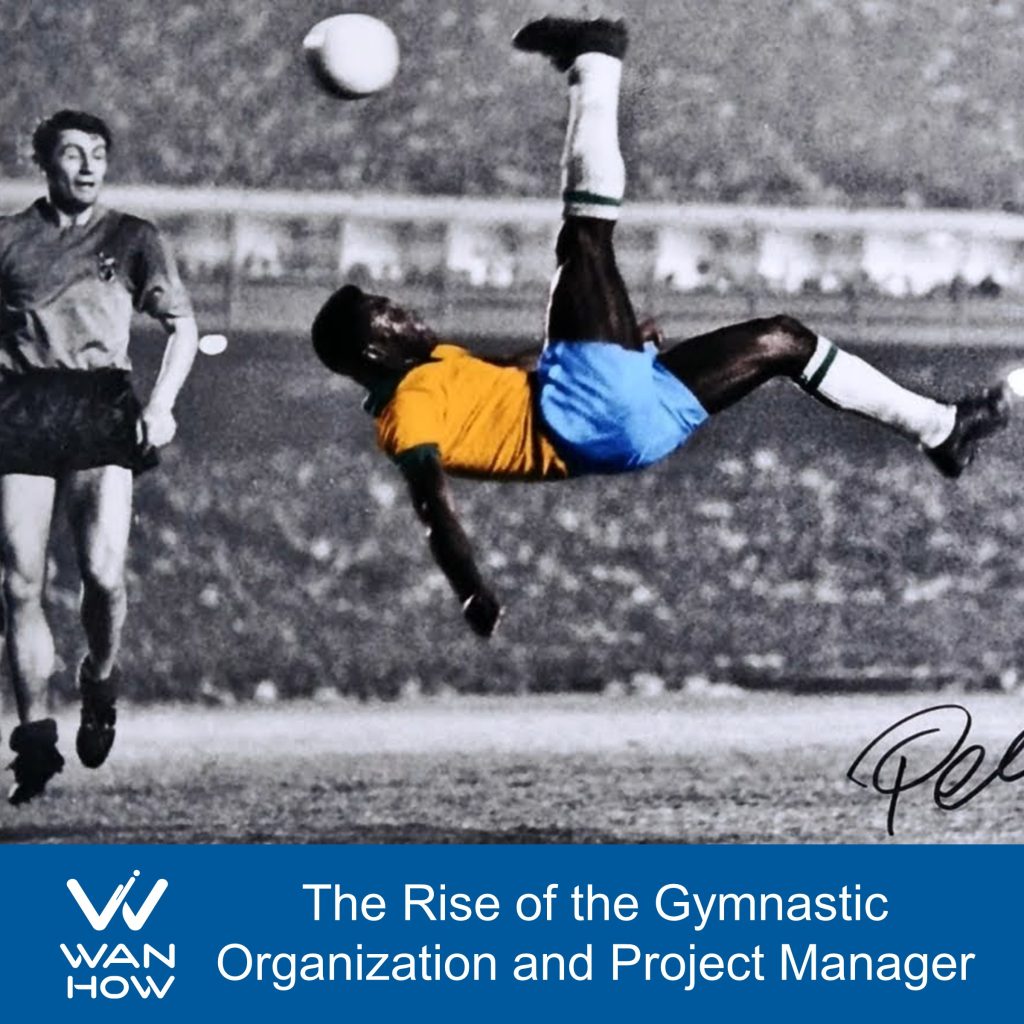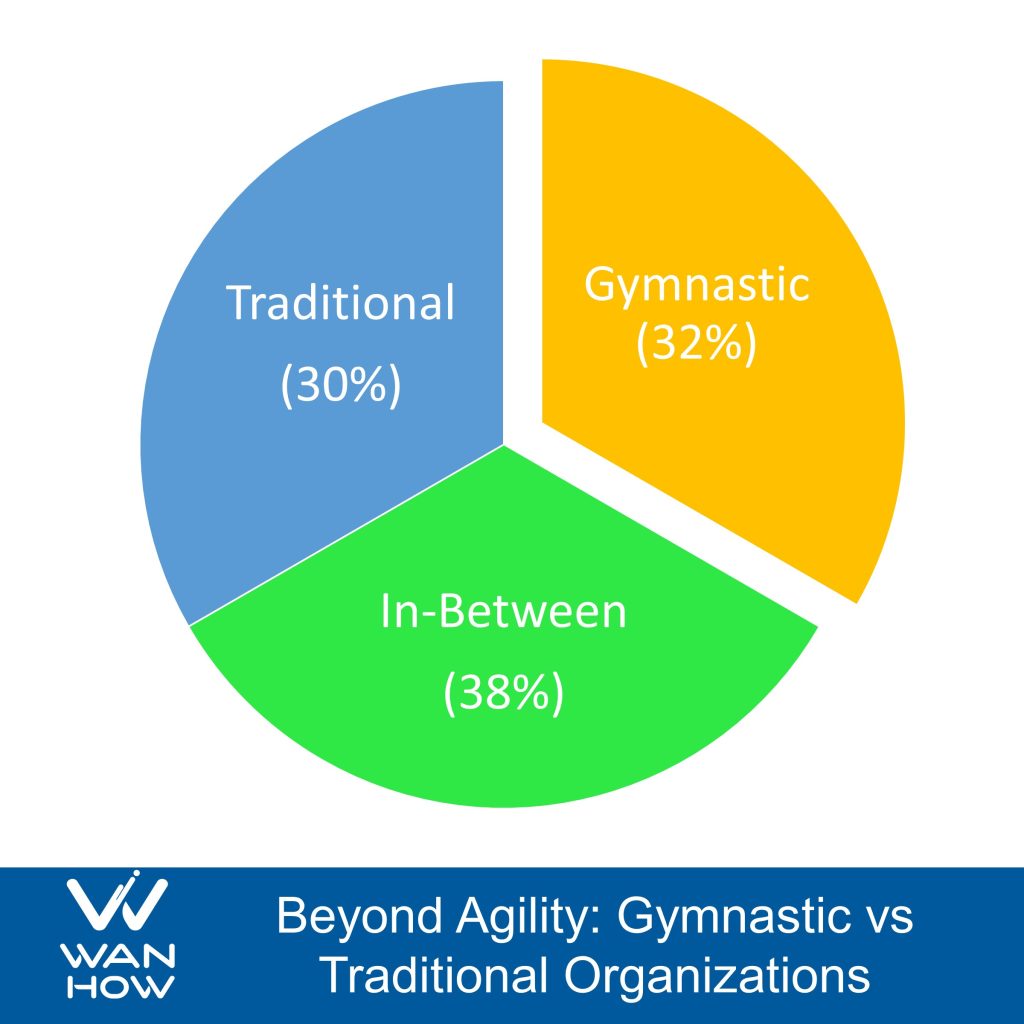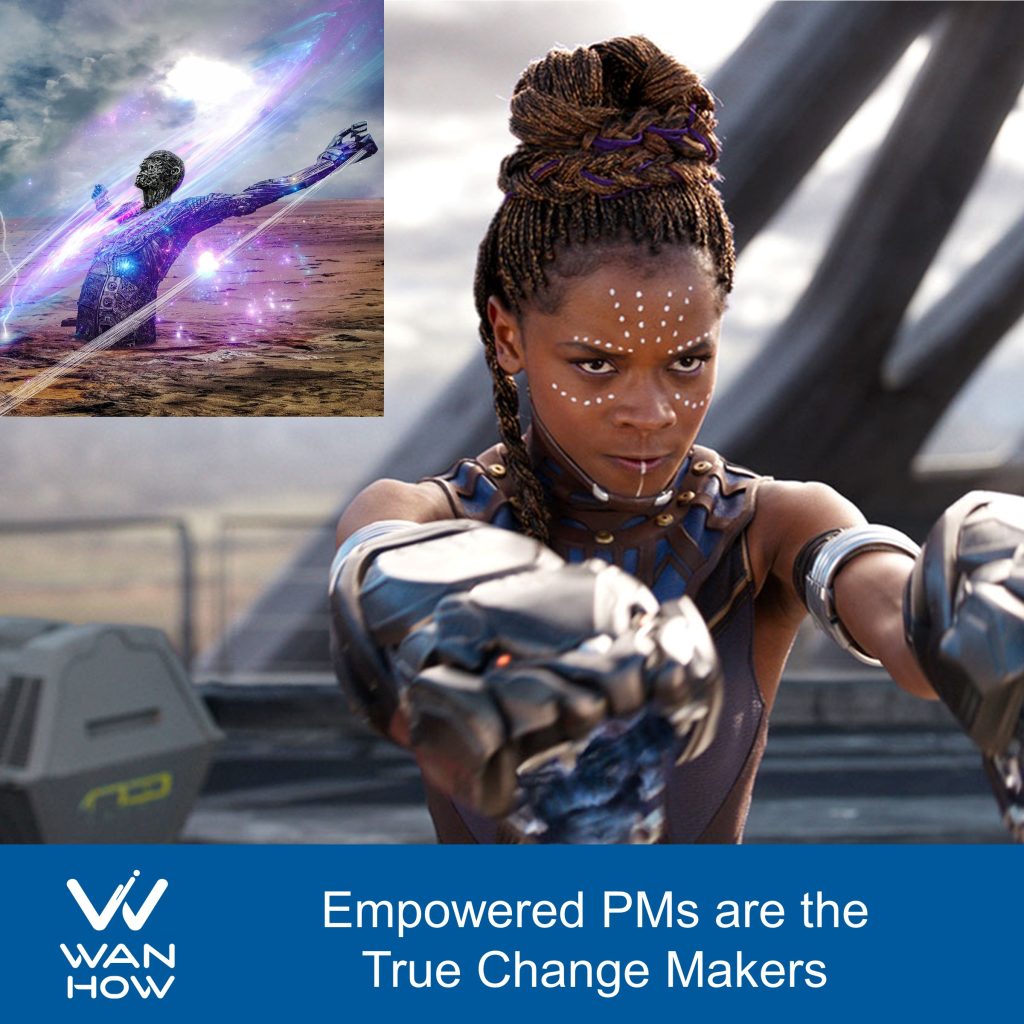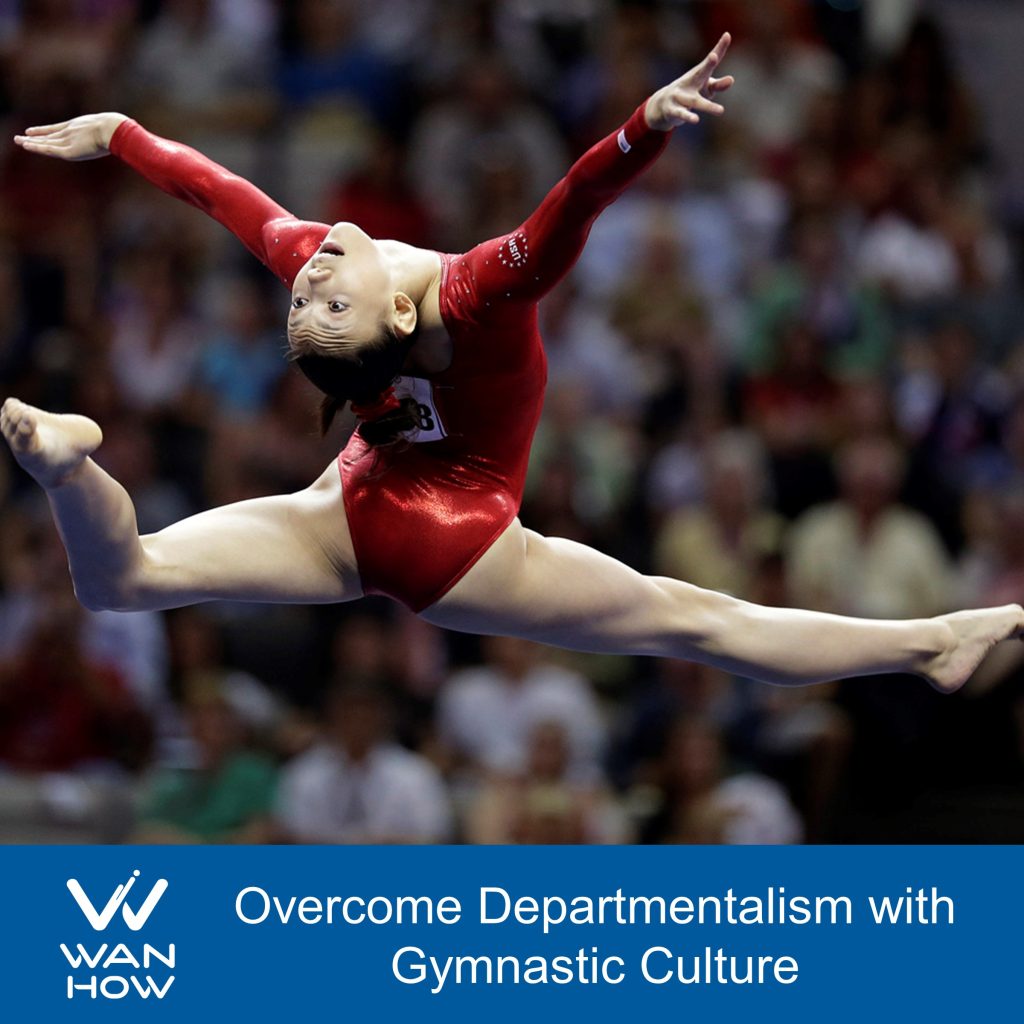
Last month, I published a post emphasizing that project managers should focus on delivering the project goal instead of the project plan. PMI’s 2021 Pulse of the Profession calls this the gymnastic approach: where all available PM methodologies were used to deliver the outcome. Traditional corporations only rely on proven methods, retaining process rigidity and ossified structures; they could also be rigidly agile (how’s that for an oxymoron?).
Gymnastic organizations, on the other hand, focus on scoring project goals using whatever methods work: predictive, agile, and/or hybrid. They are flexible with how they structure project governance. They empower their project managers to use skills like collaborative leadership, empathy, and relationship building to continuously improve and innovate. These are the new skills needed for emerging PM talent (covered in the Project Doctor Masterclass and Coaching Program).
Moving as fast as possible towards a project outcome is not without increased risks. So gymnastic organizations tend to rely on more standardized risk management practices.
The twin approach of project/organizational agility and standardized risk management enables gymnastic enterprises to be more successful across a range of project outcomes:
* Met original goals/business intent
* Avoided scope creed
* Projects completed within original budget
* Projects completed on time
* Increased productivity
* High project management maturity
* High benefits realization process maturity
* High PMO performance
* Lower wasted investment

Whereas traditional organizations only use project management methods that have been effective in the past, gymnastic organizations explore new ways of working and consider any and all possible methods to solve problems. There is roughly a one-third split between traditional, gymnastic, and in-between hybrid organizations.
The differences between gymnastic and traditional enterprises include better performance in the areas of:
| Area | Gymnastic Organization | Traditional Organization |
| Organizational Agility | 48% | 27% |
| Project Management Maturity | 52% | 45% |
| Benefits Realization Maturity | 39% | 33% |
| Increased Productivity | 71% | 53% |
Gymnastic organizations range from small (< US$10M revenue) to large (> US$10B revenue).
One example of a gymnastic organization, New York City. Restaurants were struggling due to pandemic closures. So NYC allowed restaurants to serve customers on streets and sidewalks. To accelerate the permitting process, the Department of Transportation allowed restaurants to self-certify their permits. This is a shift from focusing on process to outcomes.
Gymnastic organizations tended to use agile and hybrid approaches over traditional methods. The one exception is in the area of risk management. Traditional approaches to risk management balances the increased risk undertaken when driving projects fast with less control.
As with many organizations, gymnastic enterprises shifted to remote working during the pandemic. Embracing digital transformation and flexible work, they entrusted their employees to deliver outcomes instead of monitoring work processes.
| Area | Gymnastic Organization | Traditional Organization |
| Digital Transformation | 73% | 62% |
| Flexible Work | 67% | 52% |
As a result, they realized the benefit of increased employee engagement.

PMs need power skills: collaborative leadership, empathy, relationship building, and innovative thinking. Gymnastic organizations that thrived during the pandemic encouraged PMs to use these skills instead of giving them a slap on the wrist for overreaching their authority. There was a roughly 25% increase in the use of power skills compared to traditional organizations.
Part of empowering PMs is being transparent about the problems that need to be solved and the strategies being considered to solve them. With that transparency, PMs who have a wide reach within the middle and lower ranks of the organization can come to the table to flesh out high-level strategies. They also motivate project team members to go above and beyond to deliver not only the project goals but ultimately, the strategic objectives.

The culture of departmentalism is endemic in large organizations. As we age, our bodies become less flexible and less capable of gymnastics. So it’s no surprise that the top gymnasts in the world are getting younger and younger. We observe the same phenomenon in corporations. As enterprises grow in size, departmentalism sets in. This leads to the ossification of organizational structure with less flexibility to adapt to the volatile, uncertain changes in the marketplace.
This is where the metaphor breaks down. Unlike the limitations of the human body, large enterprises can be flexible gymnastic organizations. They accomplish that by intentionally building a corporate culture that values:
- Diversity, equity and inclusion that goes beyond the superficial (what can be seen) to the depths of what is invisible to the eye and embrace values that can only be felt.
- The outside-in view of the enterprise: what the customer sees, perceives and feels about the company.
- Rewards collaborative efforts of cross-departmental teams above the star performance of individuals.
- Embrace digital ways of working, remote working, and hybrid working that measures results above effort.
- Trying, testing, and failing smart to learn new ways of delivering value.
Source: PMI Pulse of the Profession 2021
